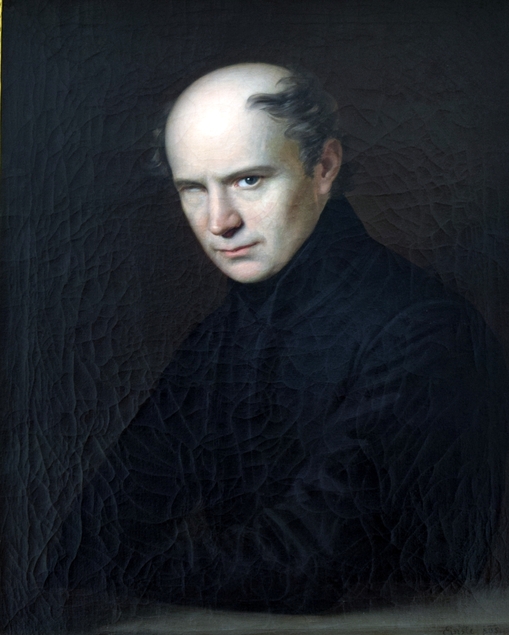The fascinating details of the Hungarian national anthem

The Hungarian national anthem, an immortal poem by Ferenc Kölcsey, was written against the desolate background of 1823, a year of great hardship for Hungary. When was Kölcsey’s poem first sung, why is it referred to as our national prayer, and what circumstances led to its creation?
Unveiling the origins
The literary historian Mihály Takaró has assisted Tudás.hu in compiling a few lesser-known facts about the Hymn. Let’s start at the beginning. Under the control of Vienna’s decrees, the nation found itself in a dire state. The Diet had not been convened, exacerbating the challenges faced by Hungary during this period. Hungary was going through a hopeless time, and Kölcsey’s poetry captures this depressing mood.
Why is it called our national prayer?
The poignant words of the hymn, written 201 years ago, reflect a plea for mercy on behalf of the Hungarian people. Kölcsey, acting as a poetic intercessor, confesses the sins of the nation and implores God’s compassion. Its intercessory nature is what designates it as our national prayer. It is a solemn invocation that resonates with the collective spirit of the Hungarian people. It’s interesting to note that, despite not being a cheerful poem by nature, it’s not as self-deprecating and pessimistic as many modern readers seem to think.
Take the last verse, for example – “Pity, O Lord, the Hungarians/Who are tossed by waves of danger” (“szánd meg Isten a magyart, kit vészek hányának, nyújts feléje védő kart, tengerén kínjának”). Here the word “pity” is often misunderstood, since “to pity” is now a negative adjective.
Mihály Takaró points out, adding that in Kölcsey’s time this was not the case at all, people associated the word “pity” with an entirely different, positive meaning.
The poetic inspiration and literary roots
Mihály Takaró sheds light on the hymn’s literary roots. The poem draws inspiration from verses 14-23 of the first canto of Zrínyi’s “Szigeti veszedelem“, emphasising how God observes Hungary turning away despite the bestowed beautiful homeland. Kölcsey skilfully translates this narrative, incorporating elements from medieval lament and Tacitus’s classical imagery, creating a nuanced piece of art.
Musical accompaniment and public recognition
Although it was ready for publication in 1823, the hymn had to wait nearly nine years before the Aurora journal finally published it in 1832. From that point, its trajectory took off. It became a staple at social gatherings and sparking a competition for a musical accompaniment. In 1844, Ferenc Erkel, a celebrated composer of the reform era, won the competition to compose music for the hymn. The hymn gained public recognition and became a symbol of national identity. It was first performed at the National Theatre in Pest and had its public open-air debut at Óbudai Hajógyár in 1844, marking the inauguration of a steamship named after Széchenyi.

Political significance, challenges and triumphs
Prior to Kölcsey’s hymn, Hungary lacked a unified national anthem. Various religious denominations had their hymns, and even an imperial anthem was unpopular. The hymn gained constitutional recognition only in 1989, underlining its importance as a symbol of national identity. The hymn faced challenges, including being banned during the communist dictatorship, with attempts to replace it with a Soviet-style anthem. Yet, artists like Gyula Illyés and Zoltán Kodály resisted, asserting the timeless significance of the existing hymn.
Constitutional recognition
Finally, in 1989, the Hungarian national anthem received constitutional recognition, emphasising its pivotal role as a national symbol. Article 75 of the constitutional amendment formally recognised Ferenc Kölcsey’s poem, “The Hymn of the Republic of Hungary,” with music composed by Ferenc Erkel. It declared it the official national anthem of the Republic of Hungary.
Read also:
- 7 fascinating things you wouldn’t guess about Hungary!
- 5 things you probably did not know about Hungary and Hungarians
Source: Tudós.hu





